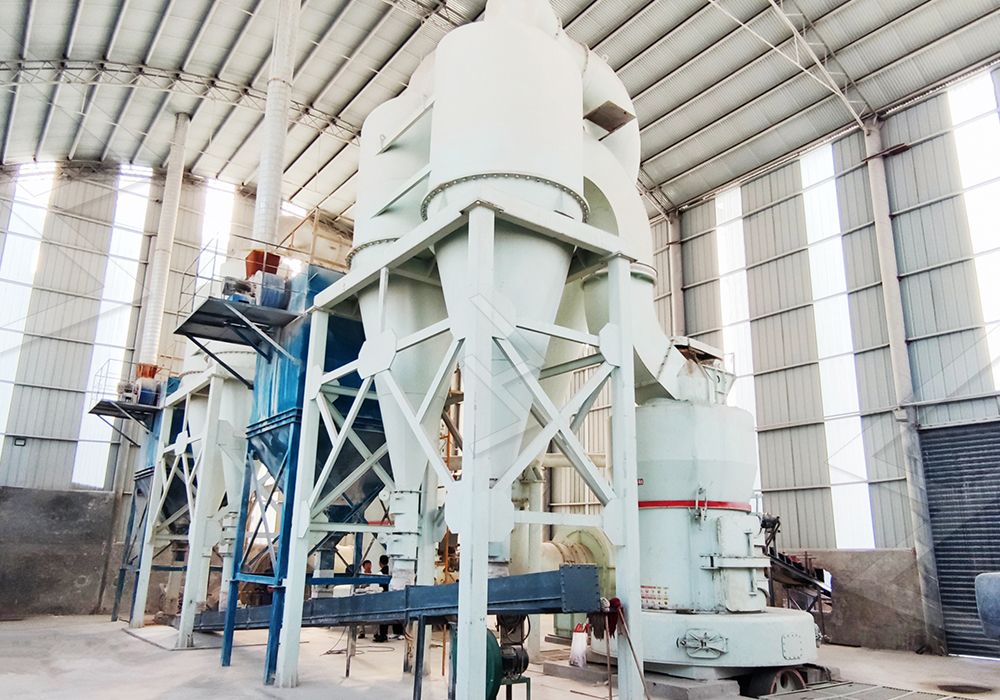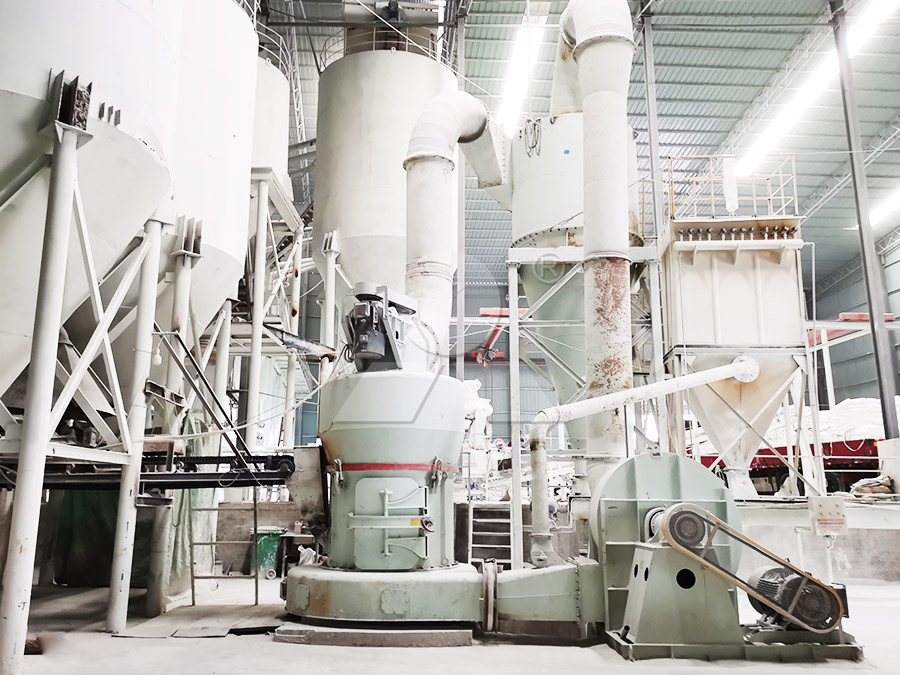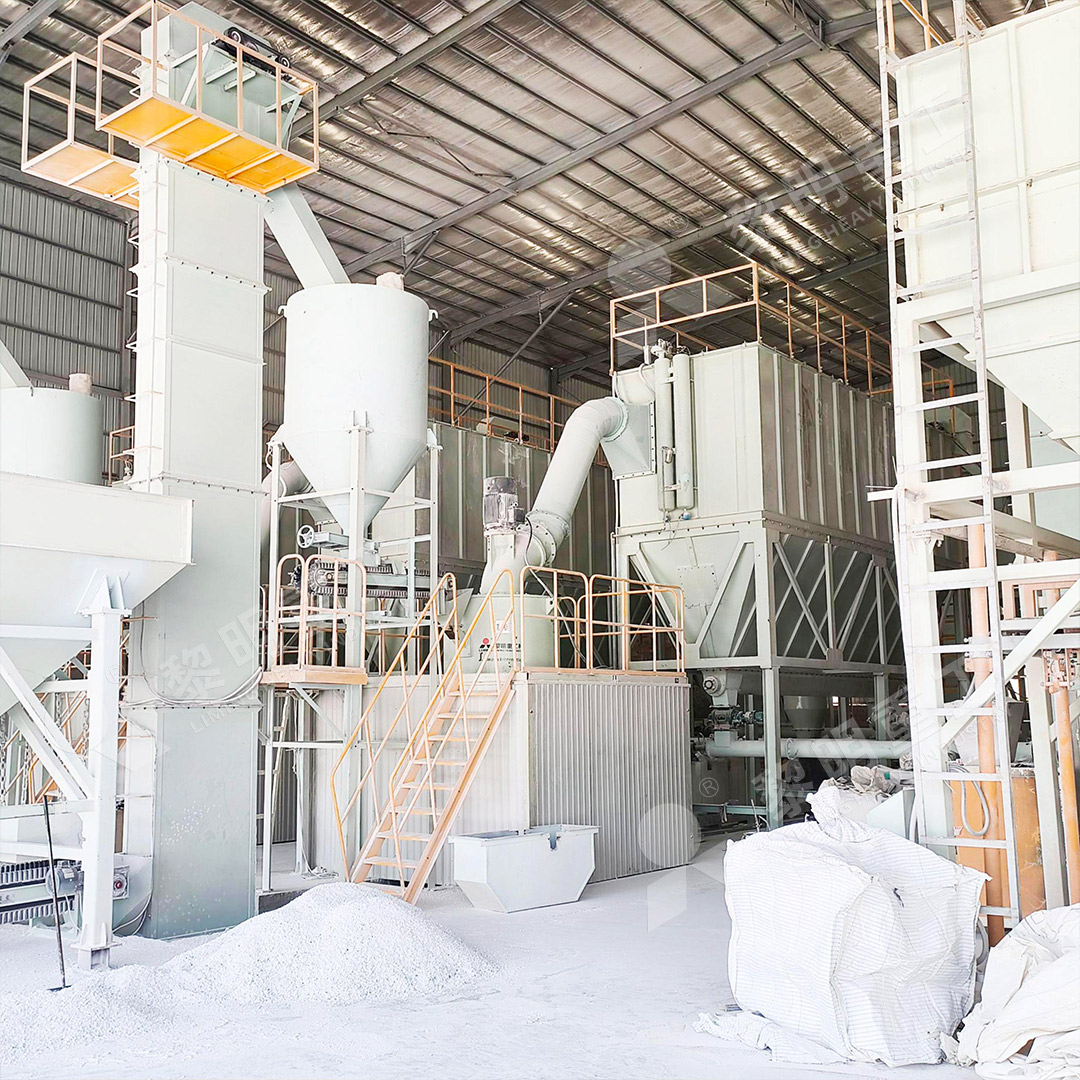5 Key Surface Modification Techniques for High-Quality Calcium Carbonate Powder Production
We provide a wide range of mills — including Raymond mill, trapezoidal mill, vertical mill, ultrafine mill, and ball mill, obtained ISO9001 international quality certification, EU CE certification, and Customs Union CU-TR certification. Suitable for processing minerals such as limestone, phosphate, quicklime, kaolin, talc, barite, bentonite, calcium carbonate, dolomite, coal, gypsum, clay, carbon black, slag, cement raw materials, cement clinker, and more.
The discharge range of these mills can be adjusted to meet specific processing needs, typically from 80-400 mesh, 600-3250 mesh, and can achieve the finest particle size of up to 6000 mesh(D50).
If you are looking for a reliable grinding solution to turn stone or minerals into fine powder, please feel free to contact our online customer service.
5 Key Surface Modification Techniques for High-Quality Calcium Carbonate Powder Production
Calcium carbonate powder is a versatile material widely used in industries such as plastics, paints, coatings, and pharmaceuticals. To enhance its performance, surface modification is often required. Here are five essential techniques to achieve high-quality modified calcium carbonate powder:
1. Stearic Acid Coating
Stearic acid is one of the most common surface modifiers for calcium carbonate. It improves dispersibility and compatibility with organic matrices. The process involves heating the powder and stearic acid to melt the modifier, followed by thorough mixing.

2. Silane Coupling Agents
Silane coupling agents create chemical bonds between calcium carbonate and polymer matrices. This method significantly enhances mechanical properties in composite materials. Different silanes can be selected based on the target application.
3. Titanate Coupling Agents
Titanate coupling agents offer excellent performance in improving the interface between inorganic fillers and organic polymers. They’re particularly effective in high-filler-load systems, reducing viscosity and improving processing characteristics.
4. Polymer Coating
Polymer coating involves encapsulating calcium carbonate particles with polymers like polyethylene or polyacrylate. This method provides excellent compatibility with specific polymer matrices and can impart additional functionalities.

5. Plasma Treatment
Plasma surface modification is a dry, environmentally friendly process that can introduce various functional groups onto the calcium carbonate surface without changing bulk properties. It’s particularly suitable for heat-sensitive applications.
Recommended Equipment: MW Ultrafine Grinding Mill
For producing high-quality calcium carbonate powder prior to surface modification, we recommend our MW Ultrafine Grinding Mill. With input size of 0-20 mm and capacity of 0.5-25 tph, this mill features:
- Higher yielding with 40% more capacity than jet mills
- Adjustable fineness between 325-2500 meshes
- Eco-friendly operation with pulse dust collector
- Digitalized processing for high precision

For applications requiring even finer powder, our LUM Ultrafine Vertical Grinding Mill (input size: 0-10 mm, capacity: 5-18 tph) offers advanced powder separating technology and energy-saving features.
Conclusion
Surface modification is crucial for unlocking the full potential of calcium carbonate powder. By combining proper modification techniques with high-quality grinding equipment like our MW Ultrafine Grinding Mill, manufacturers can produce superior products for diverse industrial applications.
